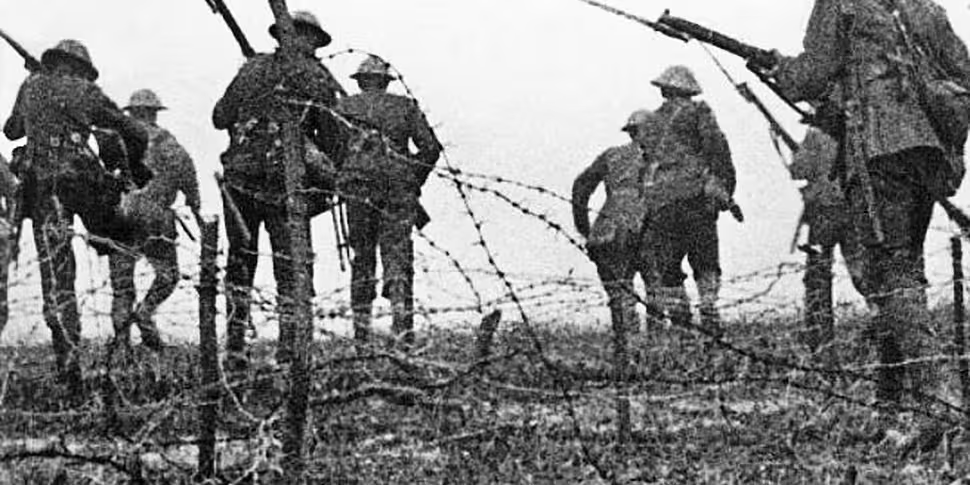The debate surrounding ‘Total War’ has been divisive since its emergence during the interwar period. Its growth in popularity coincided with the end of World War I and the breakdown in world order that this conflict represented. It was this landmark occasion that caused historians to consider the developments in modern warfare through such a lens.
Until this point, all major powers had yet to simultaneously engage in war. The scale of the conflict was simply unprecedented. The mobilisation of soldiers was substantial and not only this, but the level of mortality was extreme, unparralled by any conflict up to this point. Battles, such as those in the Somme and Verdun, serve to compound these thoughts.
Ironically, it was the stalemate in the trenches that arguably precipitated the intrusion of war into the domestic sphere, a representation of warfare’s growing totality. As the decisive moment on the battlefield seemed unlikely, the importance of policy on the home front grew.
The German term ‘materialschlacht’, which was coined at this time, attests to this. It is defined as the ‘battle of materials’ and it exemplifies the widening horizons of modern warfare. It was during the First World War that nations realised the extent of control that was now required in warfare.

Women working in a gun factory in the UK during the First World War
These broadening horizons in warfare were also supplemented by a development in technology throughout the century. In the case of the Germans, one result of their total mobilisation could be seen in innovations in this arena. Their renowned prowess in the sciences opened avenues of attack, such as chemical warfare.
Another tangible example of technological developments was that of the submarine. Their utility was at its most eminent during World War I. Their use in this period was generally for blockades and other naval activity. In this way, it represented an evolution in warfare, as a means to target civilians indirectly. It also served to exhaust the war economies of the belligerents. Such tactics were particularly evident between Britain and Germany.
Additionally, it was submarine warfare that hastened the entry of the US into the war. This demonstrated how the tentacles of warfare were becoming more and more intrusive, sustained by advancements in technology.

Soldiers in the trenches, prepared for a gas attack
With the Imperial era at its peak, such competition between nations had been steadily growing and could largely be blamed for the breakdown of the alliance system in 1914. The totality of their aims during this war was manifested in the extreme mobilisation of both the people and the economy. Equally, the unprecedented developments in technology grew out of this climate. The legacy of this extremity was once again evident in World War II, as the merciless nature of World War I would forever cast a shadow over modern warfare.
World War I proved to be the moment that motivated historians to re-evaluate warfare. Rather than the imagined short war, the continent was engulfed in a perpetual struggle of will, with an unprecedented level of casualties, changing the face of warfare henceforth. The discourse on ‘Total War’ then dominated interwar politics. The general sentiment was a wish to avoid such a conflict materialising again. Ironically, this fear contributed to the instability that led to World War II, perhaps the greatest legacy of Total War and Word War I.
Suggested Reading:
Donald Bloxham & Robert Gerwarth, ‘Political Violence in Twentieth Century Europe’ (2011)
Eric Hobsbawm, ‘The Age of Extremes, 1914–1991’ (1994)
John Horne, ‘State, Society and Mobilization in Europe during the First World War’ (1997)
Stig Forster & Roger Chickering, ‘The Shadows of Total War: Europe, East Asia, and the United States, 1919-1939’ (2003)
For all other 'Talking History' Book Recommendations, click here









